How to schedule restaurant reservations? In today’s fast-paced world, managing restaurant reservations efficiently is crucial for providing exceptional customer service and maximizing revenue. From handling peak hours to accommodating special requests, creating a seamless reservation system requires careful planning and organization. Whether you’re a seasoned restaurateur or just starting out, this comprehensive guide will equip you with the knowledge and tools to effectively schedule restaurant reservations.
Understanding the Importance of Reservation Scheduling

Before diving into the nitty-gritty of reservation scheduling, it’s essential to grasp why it matters. A well-managed reservation system not only ensures a smooth flow of guests but also helps optimize table turnover, reduce wait times, and enhance the overall dining experience. By implementing strategic reservation practices, you can maximize seating capacity, minimize empty tables, and ultimately increase revenue.
1. Choose the Right Reservation System
Investing in the right reservation system is the foundation of effective reservation scheduling. There are various options available, ranging from traditional pen-and-paper methods to sophisticated online booking platforms. Evaluate your restaurant’s specific needs, considering factors such as table turnover rate, peak hours, and customer preferences, to determine the most suitable reservation system for your business.
2. Utilize Online Booking Platforms
In today’s digital age, online booking platforms have become increasingly popular for restaurant reservations. These platforms offer convenience for both diners and restaurant staff, allowing guests to make reservations anytime, anywhere. Choose a user-friendly online booking platform that integrates seamlessly with your restaurant’s website and social media channels to streamline the reservation process and attract more customers.
3. Set Reservation Policies
Establishing clear reservation policies is essential for managing guest expectations and avoiding misunderstandings. Define policies regarding cancellation fees, maximum party sizes, and reservation lead times to ensure fairness and consistency. Communicate these policies effectively through your website, social media profiles, and reservation confirmation emails to inform guests upfront and minimize disputes.
4. Optimize Table Management
Efficient table management is crucial for maximizing seating capacity and minimizing wait times. Utilize table management software to track table availability, assign seating, and optimize table turnover. Implement strategies such as staggered reservation times, flexible seating arrangements, and real-time table updates to accommodate varying party sizes and preferences effectively.
5. Train Your Staff
Your staff play a crucial role in the success of your reservation system. Provide comprehensive training to your hosts, servers, and other front-of-house staff on reservation procedures, guest management, and customer service skills. Empower your team to handle reservation inquiries, manage waitlists, and resolve any issues that may arise professionally and efficiently.
FAQs (How to Schedule Restaurant Reservations)
How far in advance should I allow reservations?
The ideal reservation lead time depends on your restaurant’s popularity and booking patterns. Generally, allowing reservations up to one month in advance strikes a balance between accommodating guests and managing availability.
Should I require credit card information for reservations?
Requiring credit card information for reservations can help deter no-shows and cancellations, especially for high-demand time slots. However, consider the potential impact on customer experience and privacy concerns before implementing this policy.
How do I handle last-minute reservation requests?
Maintain flexibility in your reservation system to accommodate last-minute requests whenever possible. Utilize waitlists, offer bar or lounge seating for walk-in guests, and communicate availability effectively to make the most of your seating capacity.
What should I do if a guest arrives late for their reservation?
Establish a grace period for late arrivals, typically 10-15 minutes, before considering the reservation forfeited. Communicate this policy clearly to guests and manage expectations to minimize disruptions to your seating flow.
Final Words on How to Schedule Restaurant Reservations
Mastering restaurant reservation scheduling is a multifaceted endeavor that requires careful planning, effective communication, and strategic execution. By choosing the right reservation system, setting clear policies, optimizing table management, and empowering your staff, you can create a seamless reservation experience that delights guests and drives success in your restaurant. Stay adaptable, responsive, and attentive to guest feedback to continuously refine your reservation practices and ensure long-term satisfaction and loyalty.





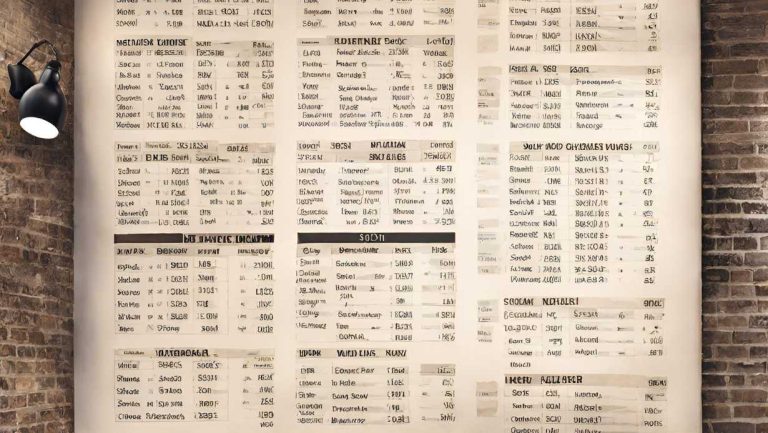
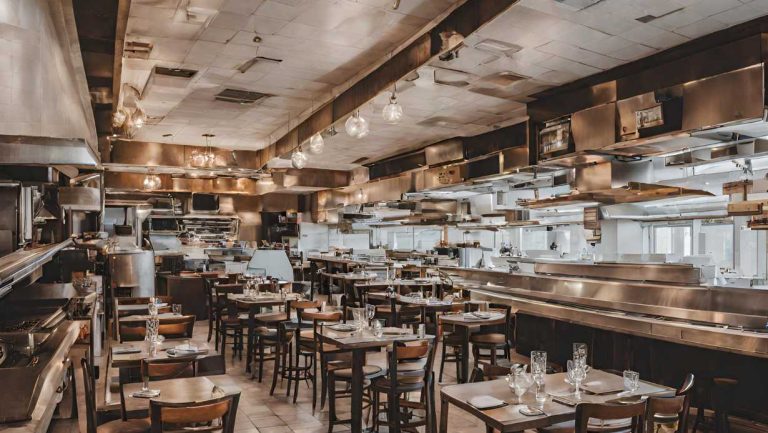
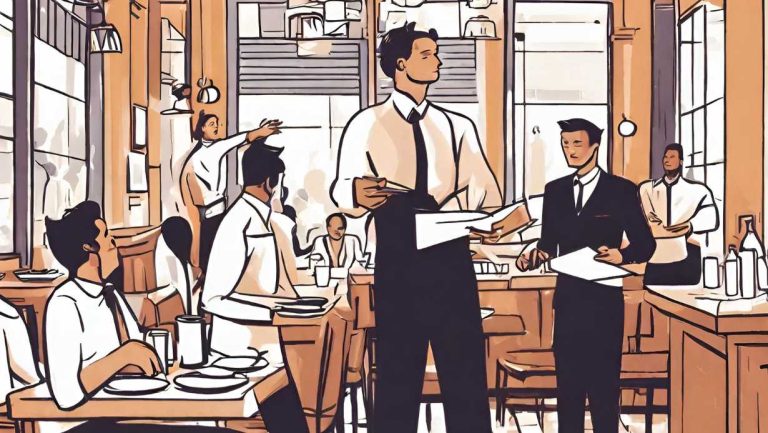
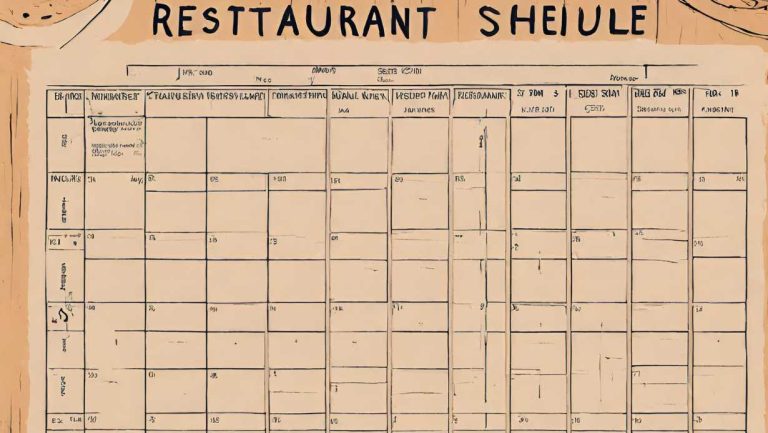
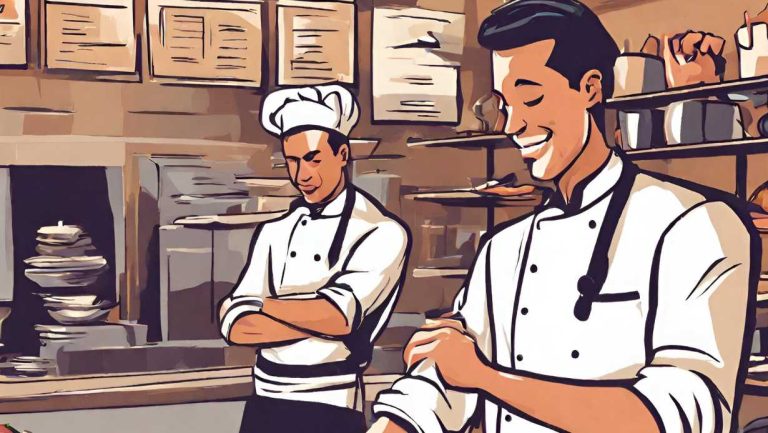
One Comment